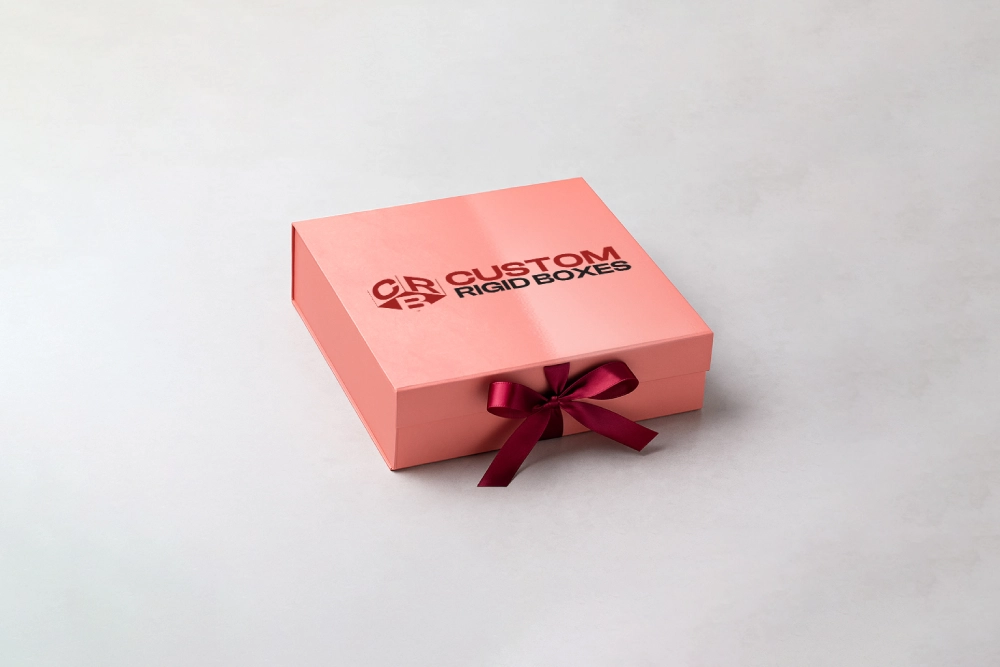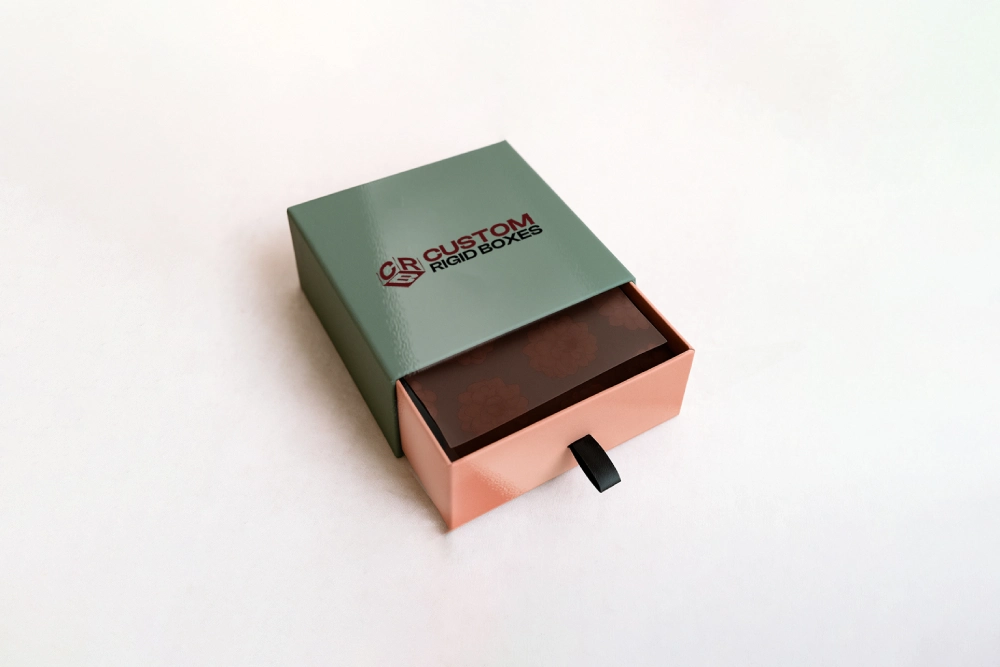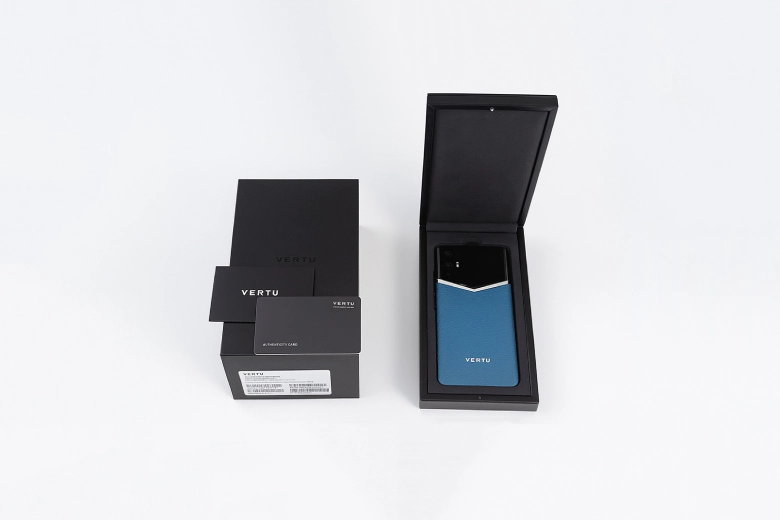Sustainability today is no longer optional; it’s a compulsory thing that every business should embrace, and the jewelry industry is not an exception. Along with the growing number of eco-conscious customers, many jewelry businesses have recognized that eco-friendly packaging for jewelry can attract more customers while helping them contribute to a healthier planet. So, if you’re one of the businesses striving in this industry, this blog will reveal the eco-friendly ways to package your jewelry.
Let’s get started!
What Is the Eco-Friendly Packaging for Jewelry?
A 2023 survey revealed that 73% of Gen Z customers are willing to pay more for sustainable products. This is a clear indication that values-driven shopping is reshaping the landscape. Accordingly, sustainability is no longer a niche in the jewelry market.
Yes, whether you have a physical jewelry shop or an e-commerce one, having eco-friendly packaging can really benefit your business. But what is eco-friendly packaging for jewelry? The general definition of eco-friendly packaging is a type of packaging crafted from environmentally conscious materials and designed with sustainability in mind. The main goal of this packaging is to minimize waste and reduce the environmental impact of the jewelry industry.
Do note that eco-friendly packaging is not only about using recycled stuff. It’s about creating simple packaging that can be broken down and reused. Overall, it’s more about the entire life cycle of the packaging, from its creation to its disposal, to ensure it doesn’t harm the environment too much.
What Materials Are Best for Sustainable Jewelry Packaging?
The first step in packaging your jewelry in an eco-friendly manner is choosing the right, sustainable packaging materials.
Here are the best eco-friendly materials you can choose from.
Kraft Paper and Recycled Cardboard
Strong, flexible, and naturally beautiful—kraft paper and recycled cardboard are perfect options. These materials are durable for jewelry shipping packaging
and stylish for luxury displays.
For a more high-end, eco-friendly presentation, consider using rigid stock—a combination of card and paper stock that provides significant protection, eco-friendliness, and structural integrity.
Organic Cotton and Reusable Fabrics
Featuring soft, breathable, and biodegradable properties, natural fiber bags are ideal for holding delicate earrings, bracelets, and necklace sets. Better yet, they can also double as gift bags or travel pouches, adding the perceived value of your jewelry pieces, especially at trade shows or in-store displays.
Biodegradable Plastics
Biodegradable plastics can break down much faster when disposed of. Unlike standard plastic materials, they do not release harmful chemicals into the environment.
Mycelium
Mycelium provides a compelling, eco-friendly solution for jewelry packaging, particularly for brands aiming to minimize their environmental footprint and appeal to environmentally conscious customers.
Seaweed
Seaweed is biodegradable and renewable, reducing environmental impact more effectively than standard plastics.
Eco-Friendly Jewelry Packaging Ideas
Designing luxury packaging for your jewelry pieces is a MUST. Well, how about making it eco-friendly, too?
Below are creative and eco-friendly jewelry packaging ideas you should try!
Make It Simple
Most of the time, simplicity reflects exclusivity. Making your jewelry packaging simple minimizes the amount of material required, and, of course, there will be less packaging waste. Here, you should consider choosing packaging with a stylish structure, so you don’t need any complicated design on it. Magnetic closure boxes are the ideal option, featuring an elegant magnetic flap for a smooth opening, along with a sleek texture that attracts more customers.
Reusable Packaging Solutions
Choosing reusable packaging boxes can extend their lifecycle and reduce waste. For example, rigid boxes are environmentally friendly and reusable. If customers can reuse your jewelry boxes, they will remember your brand for longer, building brand loyalty.
Use Branded Tissue Paper with Low Environmental Impact
Branded, acid-free tissue paper with soy-based ink provides better protection for your jewelry pieces. These elements may seem small, but they are perfect to reflect your attention to detail. Most importantly, they can be a subtle clue that your brand is committed to sustainability.
Minimalist Unboxing
Providing a memorable unboxing doesn’t have to mean overpacking. For example, you can deliver your elegant jewelry with a minimalist approach by considering eco-padded mailers. Made from recycled kraft paper or biodegradable poly materials, these mailers provide sturdy and protective solutions. Also, opt for dual-seal strips for reuse, and avoid unnecessary lamination.
Branding with Embossing / Debossing
Branding doesn’t require plastic foil or synthetic stickers. The embossing or debossing technique can add tactile elegance without generating waste in packaging.
Consider Add-Ons
Consider kraft tags and seed paper inserts with sustainable messaging in a beautiful format. You can include care instructions, a sustainability pledge, or even a QR code on the tags. Meanwhile, seed paper comes with wildflower or herb seeds and can be planted to grow, leaving no waste behind.
Why Should You Use Eco-Friendly Jewelry Packaging?
Eco-friendly packaging for jewelry businesses is not just an aesthetic choice; it’s a responsible one. Besides, using eco-friendly jewelry packaging can benefit your business in many ways.
Elevate the Perceived Value of Your Jewelry
To convince customers, your jewelry pieces need to reflect their quality and value. Thoughtfully designed, eco-friendly packaging elevates the value of your jewelry and conveys to customers that they’ve invested in a high-quality masterpiece.
Marketing Through Storytelling
Your packaging is more than presentation—it’s content. Hence, you can use it to reinforce your brand’s values and tell a story. For example, a seed paper tag or a recycling message on the bottom of your jewelry box shows that your brand stands for something good. Accordingly, this alignment builds trust and emotional connection. Eventually, having a sustainability commitment will convince more customers to purchase your jewelry and recommend it to others.
Long-Term Savings
While upfront costs might be higher for some eco-friendly materials, they can lead to long-term savings for your business. Think about reduced waste disposal fees, compliance with regulations, and lower transportation costs.
Summing Up
No doubt, sustainability today is no longer optional; it’s a compulsory thing that every business should embrace, and the jewelry industry is not an exception. Using eco-friendly packaging benefits jewelry businesses, including elevating the perceived value of your jewelry, leveraging storytelling for marketing, and achieving long-term savings. To package your jewelry in an eco-friendly manner, consider using a simple, minimalist design and printing your logo with an embossing or debossing technique. Moreover, you can use reusable packaging solutions, such as rigid boxes.
Ready to start your eco-friendly packaging project? Contact the experts at Custom Rigid Boxes to get professional design assistance!
FAQs
What is eco-friendly packaging for jewelry?
Eco-friendly packaging is a type of packaging crafted from environmentally conscious materials and designed with sustainability in mind. The main goal of this packaging is to minimize waste and reduce the environmental impact of the jewelry industry.
What materials are best for eco-friendly jewelry packaging?
For eco-friendly jewelry packaging, the best materials include kraft paper and recycled cardboard, organic cotton and reusable fabrics, biodegradable plastics, mycelium, and seaweed.
Is rigid stock eco-friendly?
Yes, rigid stock is a combination of card and paper stock that provides significant protection, eco-friendliness, and structural integrity.
Why should we use eco-friendly jewelry packaging?
Using eco-friendly packaging benefits jewelry businesses, including elevating the perceived value of your jewelry, leveraging storytelling for marketing, and achieving long-term savings.



